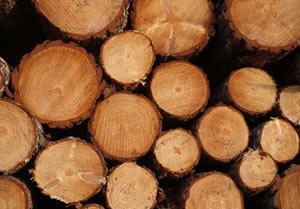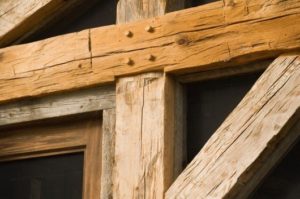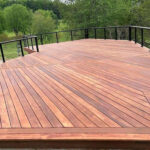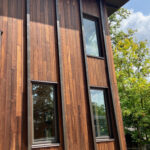
Lumber and many other raw materials have been hit hard over the last 50 or so years. It is hard to put a date on when manufacturing began to shift from North America to offshore. Some will point to the 1950s but many agree that the 70s and 80s began the biggest moves. Whether it be to escape higher taxes or purely to reduce manufacturing overhead, these overseas developing countries provide the vehicle to dramatically change how business is done. With the exodus in full swing, lumber companies started losing customers at a record rate. No one was terribly upset though because at the same time a housing boom was underway buoyed by low interest rates and new loan types that would allow anybody to buy a home. The construction industry kept lumber alive and growing. Unfortunately as we see now, this home loan explosion was a false positive that led to the crash of the economy and to the present day. Now without large amounts of new construction, lumber production is way down, yet offshore competition continues to drive prices down. New markets have developed as China hungrily buys up our domestic species for their growing economy. But due to the sheer volume of construction and the necessity to ship large amounts at once via ocean freight, they are successfully driving the price further down. Struggling lumber companies are blinded by the volume needed for these export deals and lose sight of the scary low profit margin that goes with these container export jobs. So now saw mills and lumber distributors are closing in unheard of numbers. Companies with 50 to 150 years in business disappear over night. With many domestic lumber prices hovering at price points equivalent to 1960 rates it is no surprise that these companies cannot stay in business.
The trend to devalue raw materials doesn’t stop there. Manufacturers and builders are slashing prices on their own work in order to compete with one another in a shrunken market. Timelines are contracted because maybe if it can’t be done cheaper, then more production in the same time period will cover the loss. Quality starts to slip and suddenly, the North American made moniker loses meaning over the widely accepted poorer quality Asian made products. Consumers begin to wonder why they should buy local when the quality has become the same as the cheaper foreign made products. Eventually quality becomes something no one even considers during the buying process. Price and immediate availability become the only factors. I think this is at the heart of our “disposable” society we live in today.
So this is the landscape we live in today. Fewer sawmills, extremely tight margins, and a just in time supply chain that won’t tolerate the long harvest and drying times required for quality lumber. But all is not grim. Just the opposite. I think we are on the cusp of a major change in thinking caused by the crash of the market. The companies that have gone out of business are cutting the production rates dramatically and the total on hand national board footage of many domestic species is less than half of what it normally is. Rarity of lumber means prices will begin to climb again and correct to current year standards. Longer lead times on lumber and millwork is starting to become the norm as quality rises to the top. So many builders have been burnt by the “other offer” that was cheaper and faster that they are pushing back to their customers telling them that quality will take longer to get and cost more. The quality of the material is enough to justify this but often times there are other factors that come into play.

Sawmills, lumber dealers, builders, contractors of the nation unite. If we don’t respect our materials and our abilities and price them appropriately, we will run ourselves out of business. But don’t expect your customers to just roll over and accept higher prices. Find the “other” factor whether it be uniquely sourced lumber, to expert craftsmanship, to responsibly harvested timber. This “new” consumer wants these factors and it is up to us to respond not just to please our customers but to save our industry.









We deal with reclaimed Lumber here in Ky. I have seen with my own eyes that our customers want the history of the lumber and are impressed with the quality they get from the reclaimed lumber and yes the bragging rights of doing something green environment.
Absolutely, this is a perfect example of finding the “other” factor to make the material more worthwhile. Thanks for sharing
Terribly ironic that the eco-consious will pay 10x price for reclaimed material, but they want it installed by a guy making $7.50 an hour with limited craftsmanship. I have little patience with anything marketed as ‘green’, including many trade publications advocating ‘green building practices.’ Green is code for wasting taxpayers money.
Thanks for sharing Dan. It is a bit sad how the green movement has grown beyond the original intentions and into a political movement. All we can do is try to add some common sense. You can’t argue with the goal of putting beautiful historical timbers back into use instead of burning them.
THANK YOU! I’m begging my husband to save the dead cedar caused by the drought — he wants to burn it all. This is a battle I’m willing to fight for, I don’t understanding his thinking, PLUS — he’s been a private aircraft cabinet maker all his life, he works with exotic woods all the time. Is he off his rockers or what???
Well I won’t comment on your husband’s sanity but I can tell you that take a log to seasoned lumber takes a lot of work and time or the resulting lumber is no better than firewood. Cedar has it’s share of problems too if not dried well. As far as his use of exotics I would love to know what he is using. The aircraft industry is an interesting one since weight is such a major factor.